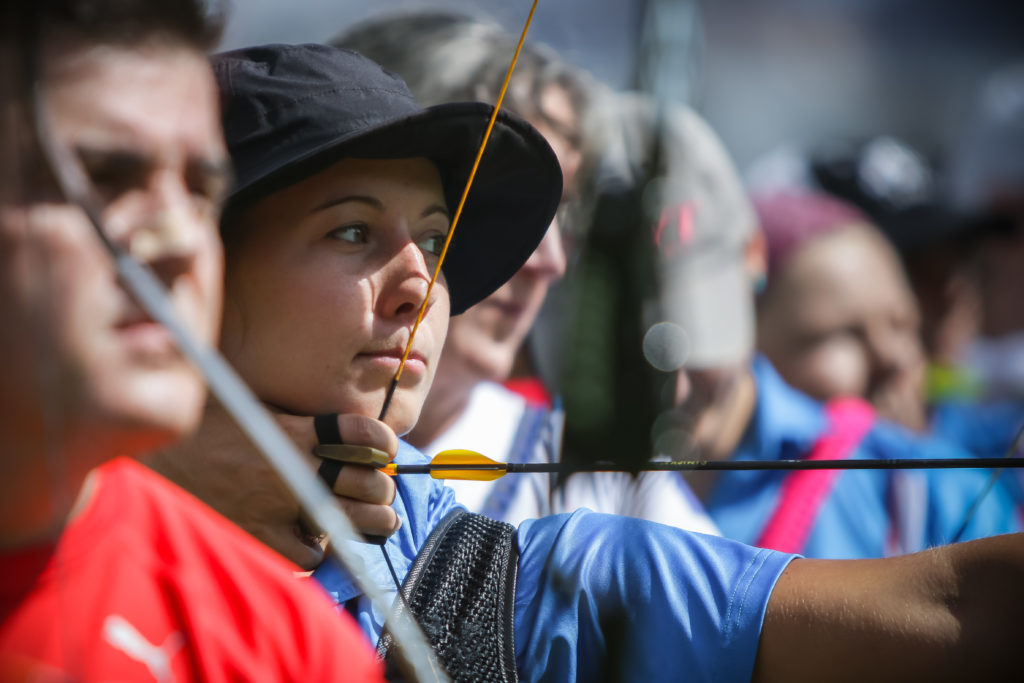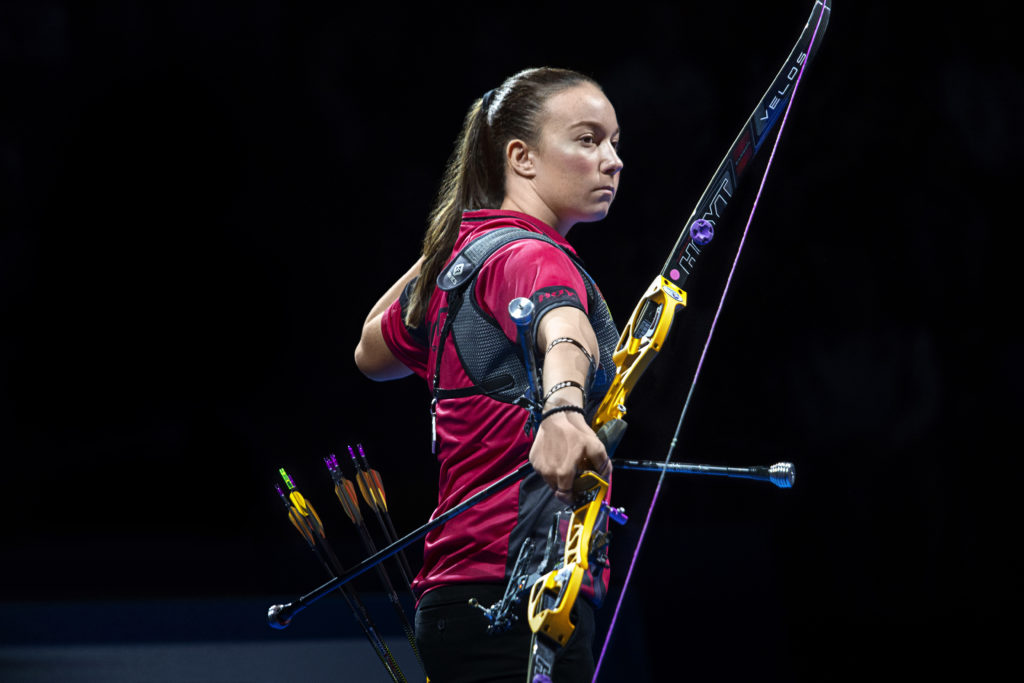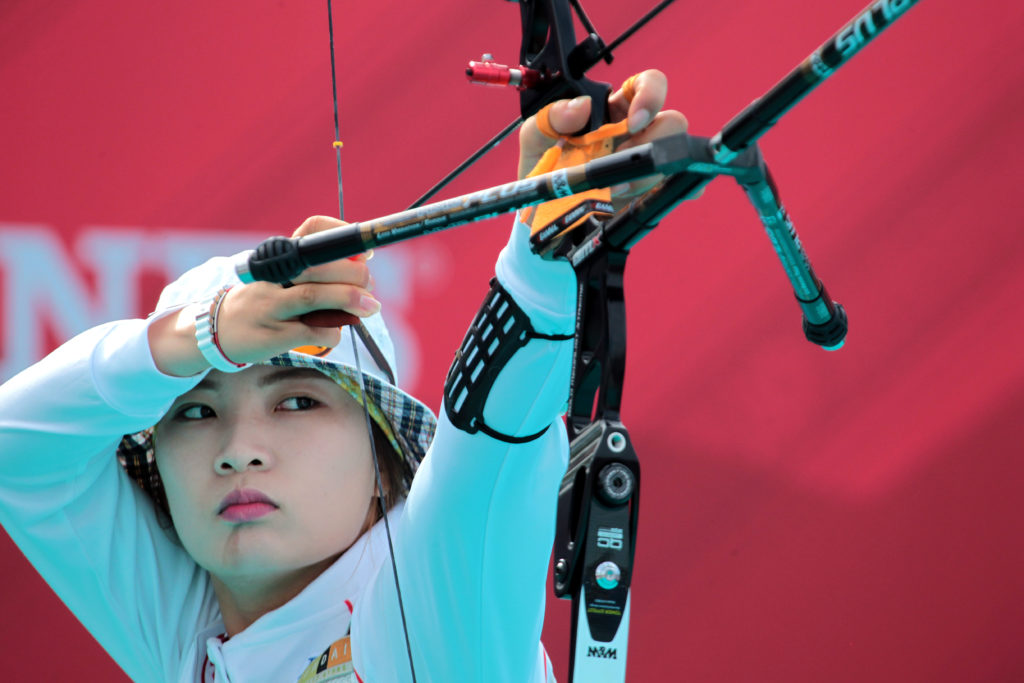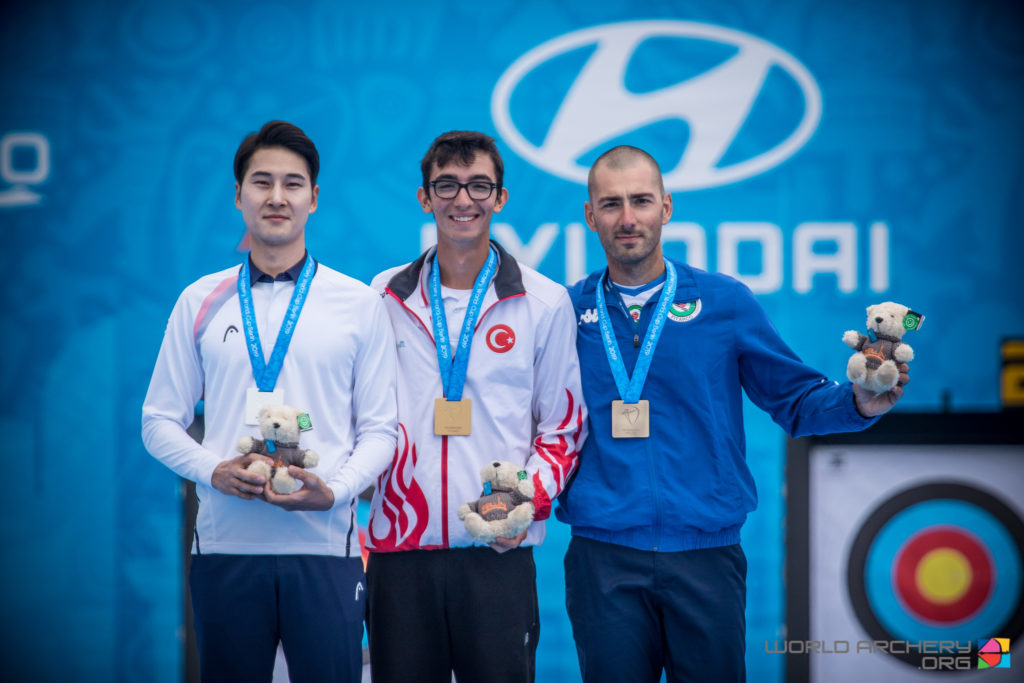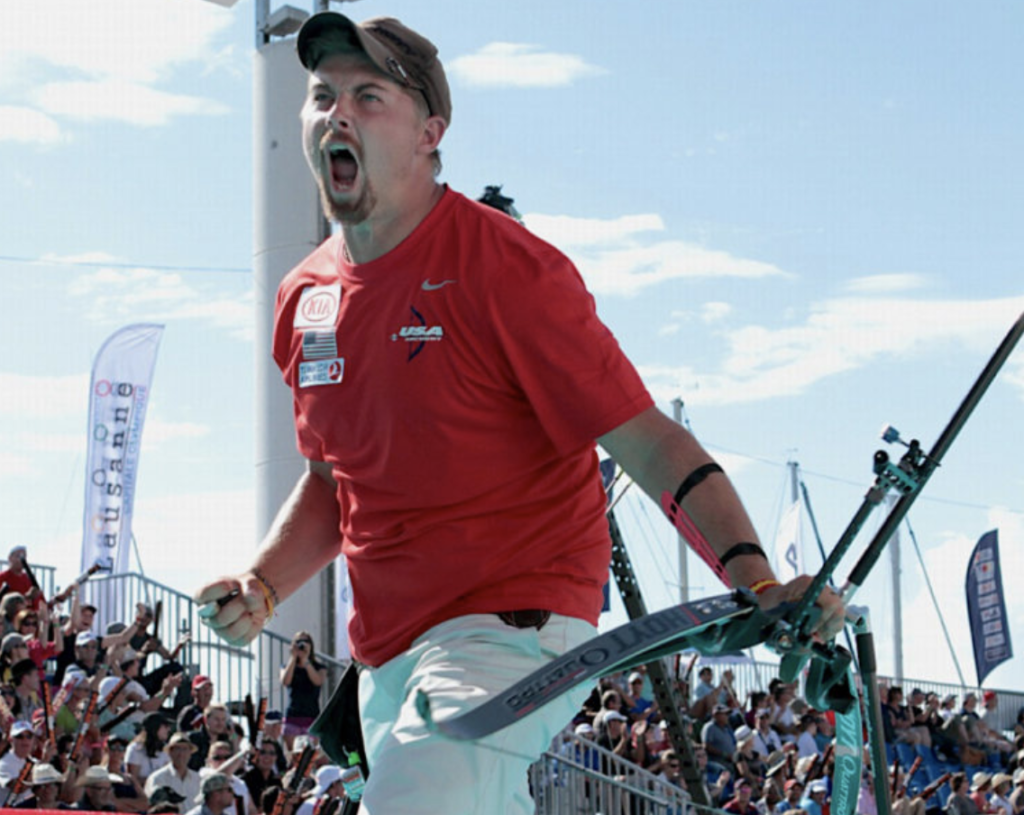We’re here to give you a tutorial on archery-specific photography, and why it’s important.
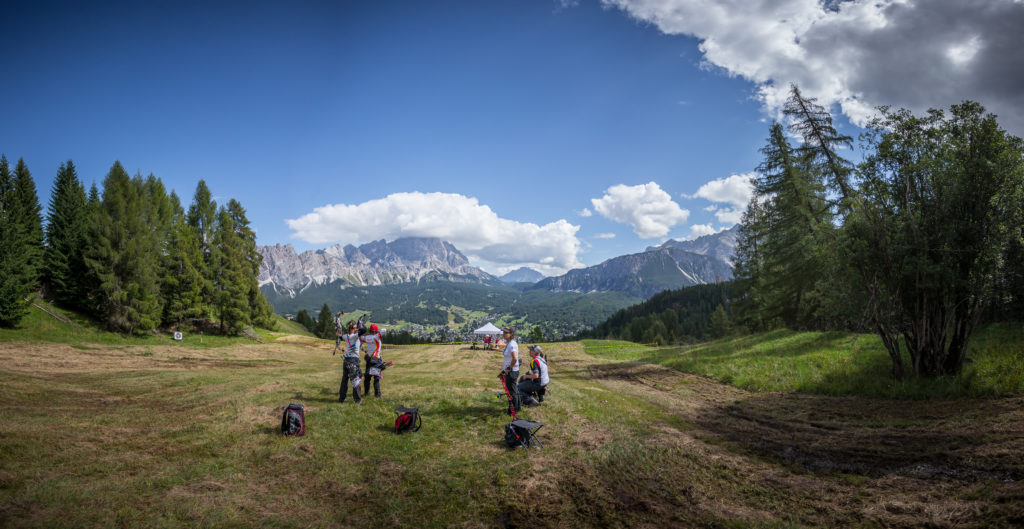
This feature is not going to cover the basics of photography such as lenses, or the relationships between shutter and aperture and ISO. For the basics, there are a million tutorials available online and (especially) on YouTube. This is going to be about archery-specific photography, which you can get involved with yourself.
James Folkard, a former editor of Bow, had this to say about the very first issue of this magazine, in 1995: “The cover featured Barry Farndon and Sue McGrath. It was inspiring to me (as cover stars should be) and shortly afterwards I moved to be coached by Barry and his wife June.”
A close-to-home view of how photography can change the course of lives. Everyone’s life has been upended by a photograph and, in the age of social media and smartphones, photography has moved from a learned practice – whether hobby or professional – to an everyday part of people’s lives around the world.
According to an estimate, an astounding 1.43 trillion photos were taken worldwide in 2020, with around 93% of those taken on a mobile or tablet. Of course, an enormous proportion of those are of ourselves (and our pets).
The cameras in modern smartphones have specs that now come close to, or surpass, ‘real’ digital cameras of not long ago and are capable of taking some genuinely extraordinary images. You’ve probably taken, with your phone, a few you’re rightly proud of yourself.
Archery photography: the good
Bow stands out from archery publications around the world for the extremely high quality of its images, and maintains a high resolution archive of shots for illustrating articles.
Many of these photos have been taken by Dean Alberga, who has been the official photographer for World Archery since 2006, and has taken more than half a million images. Dean comes from a newspaper background in the Netherlands, with a disciplined, story-based approach to getting the shots.
Bow has long recognised how important high-quality imagery is to producing exciting content that moves people. The real power of photography for a niche subject like archery is to inspire.
We’ve all been excited about seeing a pic of our favourite archer or someone using brand-new gear. In the age of the image, you often don’t even register the work that may have gone into bringing you that image.
Archery photography: the bad
If you’re holding a copy of Bow, you’ve seen the best of archery photography. But here’s the issue. We’ve all seen a million bad archery photographs. Don’t add to the pile.
They crop up everywhere: on club websites, on governing bodies – national, regional and local – on Facebook pages, in newsletters, in local newspapers, advertising archery businesses… Everywhere.
You have the power to change this! One of the most important things we can all do to promote our sport is to improve its optics, as the current buzzword has it. Archery design and imagery across the board, generally speaking, often lags behind the times a little.
Younger people especially have higher expectations when it comes to imagery, and anything you can do to make things look sharp and up to date has more power than you can imagine. It lifts the spirits to have a great-looking club website – or even just a great looking Instagram page.
For the rest of your natural life, most likely, you will have a camera in your pocket capable of making images that can dazzle and fascinate. It’s at least worth learning a little about how the magic is made.
Equipment
There are whole magazines devoted to modern digital camera gear (Future Publishing has five of them!) and we want to focus more on the ‘how to’ rather than the ‘what with’ here.
Many smartphones have superb cameras and some software for making edits to photos. Bow recommends downloading the free Snapseed software for editing, as it allows you to save ‘recipes’ for making edits. Once you’ve found something you like, you tend to want to do the same thing to other images.
More enthusiastic photographers will graduate to consumer or professional digital cameras; these tend to come in two flavours: DSLR or mirrorless. There are countless articles on the web explaining the difference between the two.
Camera manufacturers are gradually phasing out DSLR gear and moving towards mirrorless. This means that much high-quality DSLR gear is available for deals and on the second-hand market for very reasonable prices right now!
1. Isolate and contain
Archery has a perennial problem of messy backgrounds – a riot of scopes, ropes, other archers, tents etc. which make the shot look clunky.
This usually requires a long, ‘fast’ lens, but whenever you are presented with a long line of archers, always use depth of field and single-point focus to pick out one and let the others dissolve into the background.
When this works well, it tells the story of a busy archery field while drawing the audience’s attention to someone’s personal story.
2. After the show
Everyone has seen many hundreds of pictures of archers at full draw; it is the standard reference shot that non-archers expect to see. The post-shot position, especially for recurves where the bow turns over, has two advantages.
First, the face isn’t obscured by the hand (or release aid), and secondly at certain angles the bow can give the shot a tighter ‘shape’ to the image. Bow and archer are closer to being one, and the archer is often still intently focused on the target, too. This image of the USA’s Casey Kaufhold in Nimes made the cover of Bow.
3. Before the show
Some recurve archers pre-draw high enough to clear the arm above the eyes before drawing and anchoring, giving a dramatic shot where you can feel the potential of what is about to happen.
You will have to take the photo from the floor to get this one. This could be tricky on a muddy field, but Dean got this one of Korean veteran Jung Dasomi courtesy of the elevated stage at the World Cup Final in 2014.
4. Podium technique
The problem with podiums is that they are designed for venues and crowds, rather than photographers. We’ve probably all seen more bad podium shots than anything else.
The archers are often far apart, there’s a lot of sky in the background and the whole thing looks like a burned-out mess. If there’s three of them, the solution is always to ask (tell) them to get closer together.
It’s good to remind them all to look at the camera too! If you’re really good, like Dean, you can make sure to get both a target and the sponsor’s logo in the background. (That wasn’t an accident.)
5. Finding the spot
There are many ‘Brady reaction’ photos in the Bow archive, but this is perhaps my all-time favourite. It feels raw and uncontrived; essential. However, like many of Dean’s picks, it wasn’t a lucky shot.
Brady Ellison always reacts to a win, and Dean knew that and got himself into the best possible spot in the previous end to catch the shot. Archery is all about repetition, and photographers should exploit that too. If an archer does something interesting once and you miss it, hang around in the same place – chances are they’ll do it again.
Video
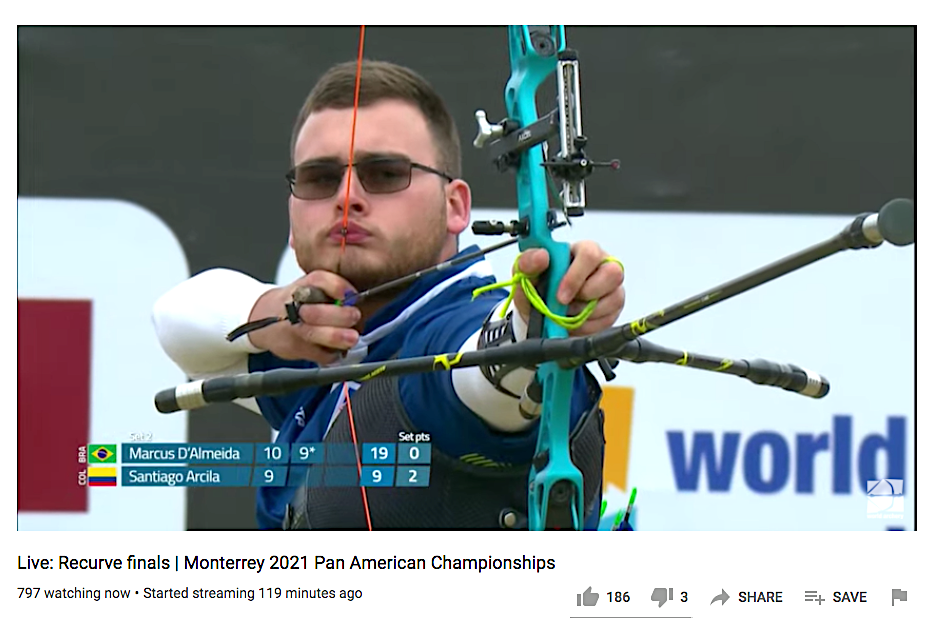
If the 20th century was the century of the photographic image, the 21st is perhaps the age of video. It would take many pages to explain why and how, but people now expect high-quality video as part of modern media offerings.
Creating something for your club could make a big different. Local news, even newspapers – which now have videos embedded all over their online platforms – need footage to tell the stories. And it’s not necessary to wait for them to send out a journalist and cameraman; you can produce the content yourself.
An archery news clip is ideally two or so minutes of high-definition footage, which can be taken on many modern DSLR cameras, that shows the winning moments of a competition – preferably the archer shooting and the arrow landing – the celebration and some scene-setting footage of the venue.
If you have the capacity to add in a short interview – conducted with a proper microphone – that’s a bonus. With a little practice, it really
is quite simple.
Of course, creating the content is one aspect, the other is finding the right contact – the news desk or sports desk or particular journalist – at the most relevant media outlets to receive the content. This is an area where archery stands to gain a great deal, right now.
A world in which national governing bodies and major domestic competitions are making news content frequently available to television channels is a world in which archery, as a sport, is fully taking advantage of the exciting competition format it offers.
It’s also a world that’s one step closer, country by country, to archery getting a consistent slot on television. That is necessary if archery is to continue to attract more people, more sponsorship revenue and greater respect to its events.


